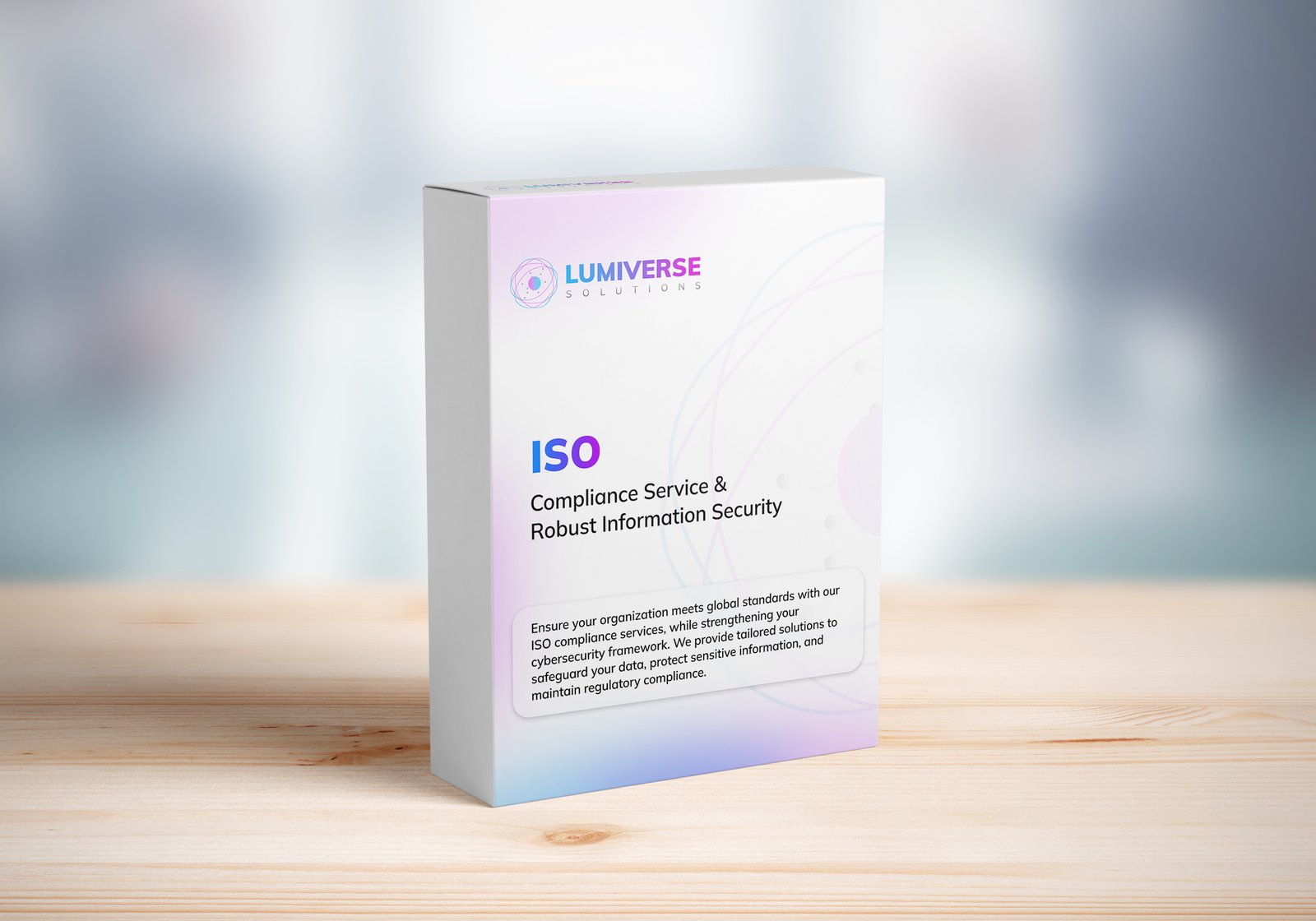The Most Notorious New Hacks Of 2025 So Far
2025 has become a turning point for cybersecurity. We’re not just seeing more hacks we’re seeing smarter, more targeted, AI-assisted attacks that move faster than many defences can react.
From large-scale exchange breaches to supply-chain compromises and social engineering powered by generative AI, this year’s incidents have exposed how vulnerable even mature digital ecosystems can be.
This isn’t about fear. It’s about learning from what just happened so you can strengthen your organisation’s security posture before the next wave.
Biggest Hacks of 2025 — A Quick Timeline
| Month | Target / Incident | Type of Attack | Impact | Technique Used |
|---|---|---|---|---|
| Jan 2025 | Global Exchange Breach | Credential Stuffing | 5M accounts compromised | MFA bypass exploit |
| Apr 2025 | Cloud Provider Attack | Supply-Chain Runtime Exploit | Major service downtime | Dependency hijacking |
| Jun 2025 | Banking Trojan Campaign | AI-Phishing & Malware | Global credential theft | AI-crafted spear-phishing |
| Oct 2025 | Exchange Hack | Smart-Contract Exploit | $220M in crypto stolen | Contract validation flaw |
Each of these incidents carried a common message: attackers are adapting faster than security frameworks automation is now their greatest weapon.
Need a rapid security assessment?
Book a VAPT or set up 24×7 SOC monitoring with Lumiverse.
Talk to an ExpertWhat Changed in 2025?
Until recently, most breaches were either human-error or outdated-patch related. But 2025 introduced AI-driven hacking ecosystems autonomous tools that:
- Scan for vulnerabilities at scale, across thousands of endpoints
- Auto-generate phishing content that looks indistinguishable from real corporate mail
- Exploit runtime environments through dependency and supply-chain manipulation
- Target small misconfigurations in APIs or CI/CD pipelines
New Hacking Techniques Dominating 2025
- AI-Powered Phishing: Attackers use ML to mimic real executives’ tone and grammar.
- Supply-Chain Runtime Exploits: Compromised dependencies injected into open-source libraries.
- Smart-Contract & Exchange Exploits: Logic flaws drain crypto and DeFi platforms.
- Cloud Misconfiguration & API Abuse: Unsecured endpoints enable privilege escalation.
Explore how organisations protect themselves through VAPT & Ethical Hacking Services and SOC Monitoring Solutions.
Who’s Behind the Attacks?
- Lazarus-linked actors focusing on crypto theft
- Financially motivated ransomware syndicates using AI reconnaissance
- AI-based “gray hat” groups experimenting with automation for notoriety
How Companies Are Fighting Back
Forward-thinking organisations are embracing ethical hacking and continuous validation instead of one-time audits. What’s working:
- Quarterly VAPT & red-team exercises
- Zero-trust access control with phishing-resistant MFA
- Automated SOC monitoring & response
- Employee awareness against AI-phishing
- Regular supply-chain audits
Can Anything Be Hacked?
Anything that runs code or connects online can be compromised. The key is configuration, visibility, and response time. A well-secured system isn’t “unhackable”; it’s simply hard enough to deter attackers.
Protect Your Business: 2025 Quick Checklist
- Enforce MFA organisation-wide
- Patch vulnerabilities within 72 hours
- Run frequent penetration tests
- Maintain an updated SBOM
- Use AI-based threat detection
- Conduct quarterly incident response drills
FAQ — Common Questions About 2025 Hacks
Q1. What were the biggest hacks of 2025 so far?
Q2. What new hacking techniques emerged in 2025?
Q3. Who are the most discussed hacker groups?
Q4. What’s the latest exchange hack (October 2025)?
Q5. How can companies prevent fraud in 2025?
Explore more insights:
Need a rapid security assessment?
Book a VAPT or set up 24×7 SOC monitoring with Lumiverse.
Talk to an ExpertRecent Posts
Categories
- Cyber Security
- Security Operations Center
- Cloud Security
- Case Study
- Technology Trends
Vulnerability Assessment & Penetration Testing (VAPT)
Buy our VAPT services to identify vulnerabilities, simulate real-world attacks, and strengthen your systems against cyber threats effectively.

iso compliance service
Buy our ISO Compliance services to streamline processes, ensure security, meet global standards, and maintain industry certifications with ease.

Subscribe to our Research
Enter your email address to subscribe to Lumiverse Research and receive notifications of new posts by email.
Tell Us Your Opinion
We value your perspective! Share your thoughts, feedback, or questions below. Your opinion matters and helps create a richer, more engaging conversation. Let’s connect and hear what you think about this post!
INTRODUCTION
With the world progressing further into 2025, cyberattacks are increasingly becoming asophisticated and relentless. Of these, some of the most infamous hacks have lit up the headlines and rattled the very foundations of security on the web worldwide. These hacks have taught us about the changing modus operandi of cyber burglars, laying bare digital exposures in sectors, governments, and individual data grids worldwide.
Knowing the largest hacks is important to organizations and individuals. This article explores these grand cyberattacks, how they happened, their significance, and what can be learned to better protect ourselves. You are either a businessman, cybersecurity expert, or anxious web surfer; knowing these threats and doing so in advance is crucial in today’s age of digitalization.
The Cybersecurity Landscape in 2025
By 2025, the digital world is as networked and technology-dependent as ever. This staggering growth has naturally expanded the surface area to cyberattacks. Cyberattackers themselves have evolved, using newer technologies such as AI, machine learning, and automation to conduct the most famous hacks on a productive and scalable level.
The information security environment today is one of increased urgency.The attackers themselves have also been more audacious, looking not only for financial benefit but political, ideological, and social disruption too. An aggressive, active cybersecurity posture is needed in this new environment.

Overview of The Most Notorious Hacks of 2025
The most notorious hacks this year have been described as sophisticated and widespread. Certain broad categories are coming into view:
Supply Chain Attacks
Supply chain attacks are likely the most significant trend. Hackers don’t strike directly, but instead compromise a trusted vendor or software provider. They get indirect access to hundreds of organizations downstream by infecting software updates or services with code or malware.
Phishing has gone beyond basic spam e-mail. Threat actors now more often use artificial intelligence to create tailored and authentic messages that simulate known relationships. Such AI-assisted scams fool even the most discerning users, resulting in credential compromise and unauthorized access.
Attacks on Critical Infrastructure
Critical infrastructure like electric power grids, water treatment plants, and healthcare infrastructure has been highly sought after. They are designed to cripple critical public services, at times leading to physical damage or endangering human lives, hence being among the most notorious for their devastating effects.
Zero-Day Exploits
These threats are especially perilous because no defenses or patches are available initially, and thus the hackers can remain in the shadows for extended durations.
Cryptocurrency Exchange Hacks
As cryptocurrencies gained popularity, exchange websites have become profitable targets. The theft of digital currency from the websites erodes investors’ trust in the cryptocurrency platform and results in financial losses worth billions of dollars for investors.
Case Studies: The Notorious Hacks of 2025
Supply Chain Attack on Leading Software Supplier
In early 2025, one of the most infamous hacks was that a prominent software vendor had offered business solutions to businesses globally. Malware had been seeded into a routine software patch by the hackers, which then automatically spread among the thousands of businesses. This led to wholesale system takeover, data exfiltration, and extended downtime.
This attack recognized the threat of blindly trusting third-party vendors. This attack prompted corporations to re-evaluate their supply chain security controls and add extra verifications for vendor access and software validation.
AI-Based Phishing Campaigns Against Financial Institutions
Another instance of the most infamous hacks this year was bank and customer-targeted AI-facilitated phishing. The spammers prepared mail that was nearly identical to genuine bank messages, asking the users to authenticate themselves on fake sites.
This attack was successful because it was tailored to each victim and how quickly the fake messages were disseminated. It created a monumental amount of financial loss and emphasized the necessity for sophisticated email filtering and end-user education practices.
Breach of Critical Infrastructure in an Urban Area
Attackers took advantage of vulnerabilities in old control system software, which halted water purification operations temporarily. The attack provoked widespread concern and illustrated the unpreparedness of infrastructure cybersecurity.
Because it inflicted harm on public health, this attack is also one of the most infamous hacks of 2025, a wake-up call for governments to invest more in protecting critical systems.

Zero-Day Exploit on a Common Operating System
Mid-year, a zero-day vulnerability on an extremely common operating system was found to be being exploited in the wild. The attack used the vulnerability to deploy ransomware on many corporate and personal computers ahead of security teams’ ability to create and disseminate a patch.
The attack was the ideal example of the imperative requirement of the need for fast vulnerability management and the problem posed by zero-day attacks in the world of cybersecurity.
Cryptocurrency Exchange Heist
One of the most infamous financial cyberattacks in the year 2025 was on a cryptocurrency exchange that experienced a devastating security break-in. By exploiting a mix of insider vulnerability and compromised multi-factor authentication, cyberattackers stole millions of dollars’ worth of virtual currency.
The disaster marred the credibility of cryptocurrency exchanges and reaffirmed the importance of solid security protocols in the emerging digital currency sector.
How Hackers Carry Out The Most Infamous Attacks
Knowing the strategies of the most infamous hacks explains how cyberthieves are carrying out their activities better and more subtly. The majority of these hacks are a multi-step process:
Reconnaissance: The hackers start by collecting massive amounts of data on their target from public sources, social media, and technical scanning software. Such information makes apparent vulnerabilities as well as the targeted points of entry.
Initial Access: Establishment generally occurs by the use of phishing emails, malware installation, unpatched vulnerability exploitation, or hijacked credentials. It is an important step so that presence can be attained on the target network.
Lateral Movement: Attackers from inside move within the network and gain access to critical systems. They raise privileges and attempt not to be discovered by covering tracks.
Data Exfiltration or Disruption: Attackers exfiltrate sensitive data or interfere with operations—ransomware attacks being very prevalent, encrypting data until ransom is paid.
Covering Tracks: Lastly, hackers make attempts to delete logs and employ encryption to conceal and enable access for future attacks.
AI and automation have sped up this process even more, enabling criminals to carry out attacks quicker and more extensively, and defense becomes even tougher.
Impact of Most Infamous Hacks on Society
Most infamous hacks in 2025 have impacts spreading beyond direct financial loss. They break down trust in digital infrastructure, present regulatory challenges, and damage public safety.
To businesses, data breaches yield net consumer loss, legal sanctions, and expensive mitigation processes. Governments experience threats to national security, particularly if sensitive infrastructure is involved. Individuals experience identity theft, money fraud, and privacy violations.
The combined result of these hacks is the increased sense of threat awareness that drives demand for more comprehensive cybersecurity awareness and expenditure on a whole.

Future Cybercrime Trends for 2025
Some emerging future trends have fueled the most successful hacks in a year:
Artificial Intelligence and Machine Learning: AI is employed by hackers to automate surveillance, generate authentic-looking phishing emails, and adjust attacks in real-time.
Ransomware-as-a-Service (RaaS): This model enables novice crooks to employ effective ransomware attacks by leasing equipment and infrastructure from more sophisticated hackers.
IoT Device Hacking: More and more cybercriminals hack into poorly protected Internet of Things devices to penetrate a network or create botnets.
Hybrid Attacks: Combining physical sabotage with hacking to cause maximum damage, particularly on critical infrastructure.
Stay ahead of these trends to better anticipate and neutralize future threats.
Countermeasures Against the Most Notorious Hacks
Countermeasures against the most notorious hacks need to be comprehensive:
Zero Trust Architecture: Don’t ever trust in or out of your network; authenticate each request for access strictly.
Continuous Vulnerability Scanning: Scan regularly for and install patches to software vulnerabilities to minimize exploitable vulnerabilities.
Employee Cyber Security Training: Human mistakes are still one of the leading causes of breaches, so educate employees in phishing and social engineering.
Threat Detection: Use AI-based monitoring to identify the indicators of malicious activity early.
Solid Incident Response Plans: Plan for attacks with solid response and recovery procedures to reduce damage.
Investment in them makes an organization robust against advanced cyberattacks.
Role of Cybersecurity Services in 2025
Demand for specialized cybersecurity services has grown as a reaction to the most infamous hacks. MSSPs, penetration testers, and incident response teams provide specialized expertise and technology that numerous organizations do not have in-house.
These solutions assist in detecting intrusions and extensively test defenses at high speeds and allow recovery operations. These solutions contribute significantly to overall cyber readiness, allowing companies to better withstand contemporary cyber attacks.
Readiness for Next-Generation Cyber Threats
Cyber threats in the future will be more sophisticated. Organizations need to:
Deploy adaptive security systems that are capable of handling shifting threats.
Share threat intelligence across sectors and collaborate.
Invest in ongoing education and ongoing upskilling of cyber security personnel.
Embracing automation but not to the point where it replaces humans.
Developing an active security culture is part of stopping the most feared hacks and protecting online assets.

Conclusion
Most notorious hacks of 2025 so far have established that any industry can be attacked by cyber attackers. These hacks are evidence that there is a need to integrate total, modern cybersecurity practices. With knowledge of attacker methods, insight into future trends, and investment in robust.
Disclaimer
Data shown in this blog is informational and educational purpose only. Although every effort has been taken to make the information contained in this book accurate and reliable, cybersecurity is an ever-changing subject, and new threats and solutions may emerge. It is advised that the reader should not solely rely on this information in making security-related decisions. We suggest consulting professional cybersecurity experts for expert advice and bespoke solutions tailored specifically to your particular needs. Publisher and author disclaim any liability for loss or damage arising from any such use of this information.

Tell Us Your Opinion
We value your perspective! Share your thoughts, feedback, or questions below. Your opinion matters and helps create a richer, more engaging conversation. Let’s connect and hear what you think about this post!

